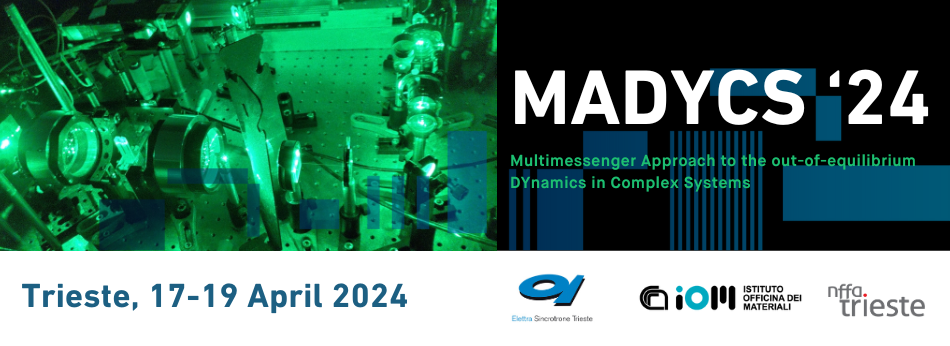Speaker
Description
We investigated by means of the ultrafast time-resolved magneto-optical Kerr effect (MOKE) spectroscopy [1] the effect of the interface between organic molecular semiconductors and cobalt on the magnetic anisotropy of polycrystalline Co thin films. Comparison of the effect was measured on interfaces of Co with: nonmagnetic metal (Al), metalorganic complexes tris(8-hydroxyquinoline)gallium (Gaq$_3$) and M-phthalocyanines (M=Cu, Co) as well as Buckminster-fullerene (C$_{60}$) molecules.
In general, the transient MOKE signals were found to exhibit damped coherent spin wave oscillations (CSWO) with frequencies up to several tens of GHz. Detailed analysis of the spin-wave temperature and magnetic field dependences allowed us to compare the influence of different molecular interfaces.
We found that the thin Co films interfaced with molecular layers display strong hardening of the CSWO frequency at low T with a rather sharp transition in the 150 K - 170 K range. Interfaces with different molecules show qualitatively and quantitatively similar behavior despite different molecular shapes. The hardening is attributed to increase of the interface induced anisotropy due to the hybridization between the molecular-orbitals and the Co d-orbital derived interface states [2]. We also found that the CSWO are more damped at low T, which we attribute to an increase of magnetic anisotropy inhomegeneity.
[1] M. van Kampen et al., Phys. Rev. Lett. 88 (2002) 227201.
[2] T. Moorsom et al., Phys. Rev. B. 101 (2020) 060408.

